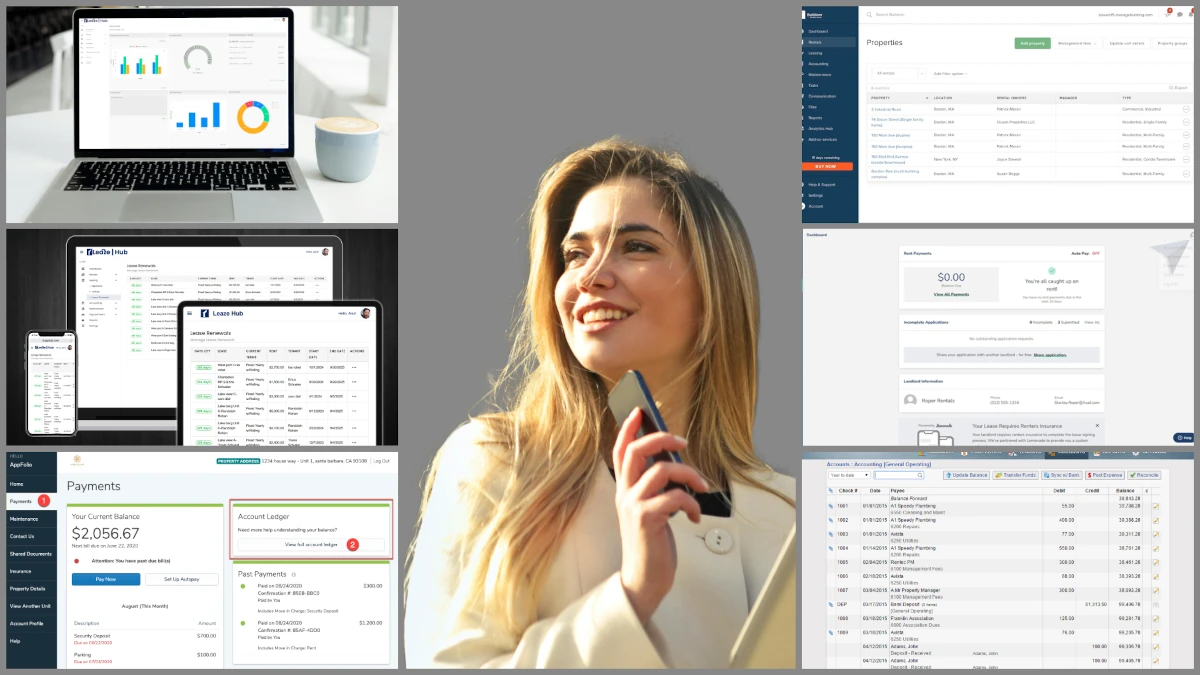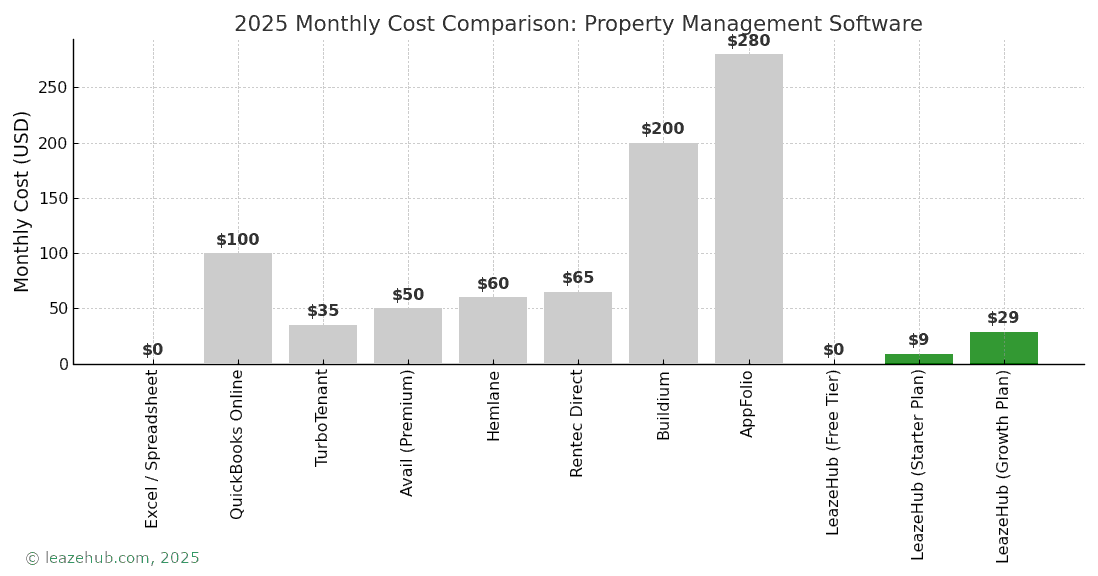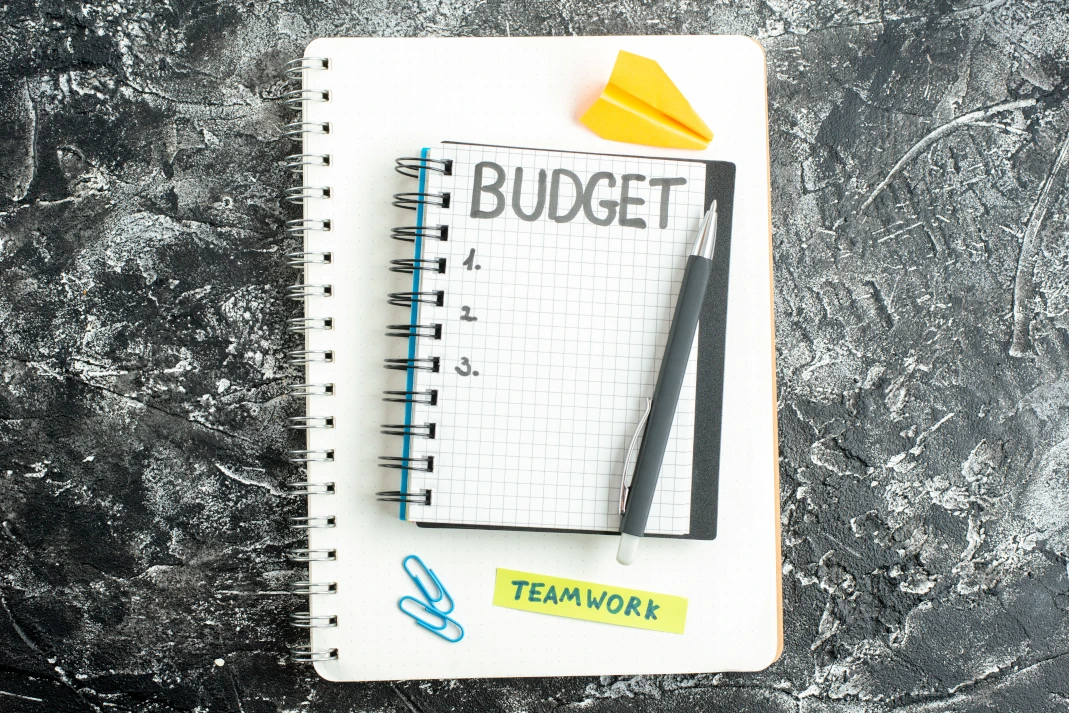· Leazehub · PropertyManagement · 6 min read
Selecting Property Management Accounting Software for Landlords & Managers

A 2025 guide for choosing property management accounting software for small landlords and boutique property managers who want less paperwork, and streamline operations.
A familiar story: too many spreadsheets, not enough hours
If you manage rentals for a living—or on the side—you’ve probably juggled a patchwork of spreadsheets, email threads, and sticky notes. One late night I was still reconciling security‑deposit transfers when a maintenance text came in about a leaking water heater. By the time I found the plumber’s number, the tenant had already called twice more. That was my wake‑up call: I needed property management accounting software that could keep pace with real‑world headaches.
I’m not alone. Search data shows phrases like “best property management software for small landlords,” “free property management software,” and “landlord software that integrates with QuickBooks” climbing steadily. Owners want an intuitive, all‑in‑one toolkit—especially small landlords and boutique property managers who don’t have in‑house IT teams.
What landlords and property managers are looking for (and why it matters)?
Scroll through a results page for “property management accounting software” and you’ll see questions such as:
- What is the best rental property management software in 2025?
- Can I manage properties for free with a landlord app?
- How do I collect rent online without extra fees?
- Will the software sync with my accounting?
In this guide, we’ll explore how the right property management accounting software can transform your day-to-day operations. We’ll also introduce key features to look for – like automation, accounting integration, and mobile access – that make managing rentals easier. Whether you’re a small-scale landlord with a handful of units or a growing property management business, our goal is to help you find a solution that saves time, reduces stress, and keeps your tenants happy.
Must‑have features
Ease of Use & Automation: The software should be intuitive and user-friendly. As a busy landlord, you don’t have time for steep learning curves. Look for solutions that offer automation of routine tasks – like auto-generating invoices or scheduling recurring rent reminders. An easy-to-use system with smart automation will save you hours every month.
Online rent payment & late‑fee automation
A built‑in tenant portal lets residents pay by ACH or card, view ledgers, and receive automatic reminders. That alone cuts late payments by up to 40 percent, according to recent surveys of rental property management accounting software users.Maintenance tracking & vendor management
The best platforms—think AppFolio, Buildium, or newer entrants like LeazeHub—convert a tenant photo of a leak into a work order, route it to an approved vendor, and log the cost in your chart of accounts.Accounting integration
Whether you prefer a native general ledger or sync with QuickBooks Online, you need accurate property management accounting: rent income, security deposits, 1099s, Schedule E reports.Tenant Communication & Online Payments
Tenants today expect convenience. Top platforms enable online rent payments and maintenance requests through a tenant portal or mobile app. Renters can pay rent or report an issue 24/7, and you get instant notifications. Built-in messaging features let you handle tenant inquiries in one place, creating a digital paper trail of all communications.Mobile-Friendly Access
Managing properties isn’t a desk job – you’re often out in the field. A mobile-friendly property management app lets you monitor your portfolio and handle tasks on the go. Whether you’re inspecting a unit or traveling, you should be able to pull up reports, approve a repair, or respond to a tenant right from your phone.Scalability & transparent pricing
Many owners outgrow “free property management accounting software” tiers once they pass ten units or need e‑signatures. Check upgrade costs and watch for add‑ons like SMS credits or e‑payment fees.
Popular Property Management Software Platforms
When searching for software solutions, landlords and property managers frequently explore these platforms:
- Buildium: Comprehensive solution suitable for mid-sized portfolios.
- AppFolio: Offers extensive features, ideal for larger property managers but often considered complex or expensive for smaller businesses.
- Yardi Breeze: Known for ease of use and straightforward pricing, suitable for smaller landlords.
- Rentec Direct: User-friendly but considered slightly outdated by some users.
- LeazeHub: Tailored Property Management Accounting Software for Small Landlords and property managers
While established platforms offer various strengths, small landlords and boutique property managers often require simpler, intuitive, more agile solutions. That’s where LeazeHub shines.
LeazeHub has quickly become popular among small landlords and property managers due to its ease of use, integrated accounting, robust tenant communication, and strong automation capabilities. With features designed specifically for independent property owners and property managers, LeazeHub is a powerful yet accessible solution.
Spotlight on LeazeHub (a modern alternative)
Built by landlords who once wrestled with the same pain points, LeazeHub streamlines everything in one clean dashboard:
- Cloud‑based property management—no servers or manual updates.
- Smart automation—late fees, recurring invoices, and renewal reminders run on autopilot.
- Integrated lease e‑signatures—send, sign, and store agreements without third‑party costs.
- Owner reports in a click—perfect for boutique property managers handling multiple investors.
- Transparent pricing—flat monthly rate, no bells and whistles and just a predictable amount
5 questions to ask before choosing any landlord software
- “Does it support unlimited units or charge per door?”
Growth shouldn’t feel like a penalty. - “Will it handle both residential and commercial leases?”
A flexible lease‑template engine saves headaches later. - “What Is the Easiest property management accounting software?”
Ease of use is a top priority. Platforms like LeazeHub, Yardi Breeze, and TenantCloud often rank highly for their simplicity and intuitive design. - “Is there a free trial or demo?”
Test the property management accounting software interface yourself. - “How much does a property management accounting software cost?”
Pricing varies widely. Small landlords might find free or low-cost solutions adequate initially, but premium solutions range from $50 to several hundred dollars monthly, depending on portfolio size and required features.
Final thoughts: software that works as hard as you do
Small landlords and boutique managers wear every hat—leasing agent, bookkeeper, maintenance coordinator. The right property management accounting software for small landlords and property managers lightens that load, cuts costs, and boosts tenant satisfaction. When you can generate a P&L in seconds, approve a work order from your phone, and wake up to rent already deposited, you’ve turned a chaotic business into a scalable one.
In today’s competitive rental market, adopting a comprehensive property management accounting software solution isn’t just a good practice—it’s necessary. Equip your rental business with the tools to thrive, simplify your processes, and achieve sustained success.
Make informed decisions by thoroughly evaluating software options. Embrace technology and transform your rental management experience today.



